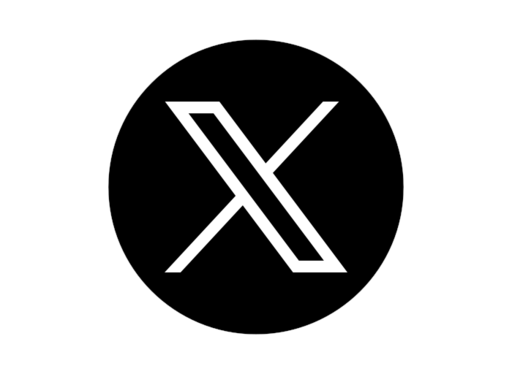0 x item(s)
35-302ZSF Bachmann Class 37/0 Diesel 37 207 William Cookworthy
Exclusive to Kernow Model Rail Centre - supplied with etched nameplates.
37 207 "William Cookworthy" was one of our earliest limited editions, commissioned from Bachmann in 2006 and we have been constantly asked if we would run this again. With the new Class 37 tooling from Bachmann it made sense to add an updated 37 207, but this time we have produced the later livery version complete with OHLE warning stripe which was added in early 1986.
In May 1982 the locomotive was named William Cookworthy at St. Austell station. This was to celebrate the loco's connection with the china clay industry, and to commemorate the man who founded the Cornish china clay movement, which is now over two hundred and fifty years old. 37 207 was the second choice – 37 142, one of our previous limited editions, was the original choice but was found to be in poor external condition.
Cornish Railways was established in July 1983 and based at the Area Managers Office in Truro under the leadership of Arthur "Rusty" Eplett. The first use of the crossed flags was on rebranding Bodmin Parkway station which was renamed from Bodmin Road. This was after Rusty was given the brief by the Western Region to create a strong local identity brand for both marketing and staff morale purposes. Following a competition the creation of "Wizzy Lizard" lead to distinctive Cornish Railways staff uniform ties, logos on selected St Blazey Class 37s, leaflets using Wizzy Lizard and local publicity including adverts in the local press. The Cornish Railcard was created along with special offers such as Kids for a Quid etc. There was even a range of merchandise available from local stations with the ties and mugs being ever popular.
St Blazey Guard Vic Millington hand-painted the Cornish Railways logos on the Class 37s as well as the various headboards on special trains organised by Cornish Railways.
Unfortunately, although the profile of Cornish Railways was raised, the organisation was deemed too small and was merged with Plymouth to create "Plymouth and Cornish Railways" in 1986. The Cornish Railcard is a legacy that lives on today.
The British Rail Class 37 is a favourite among enthusiasts and modellers alike, and this iconic loco returns to the Bachmann Branchline range for 2022, but not as you know it. Following in the footsteps of the award-winning Bachmann Branchline Class 47, our all-new OO scale Class 37 has been designed from the rails up to ensure this classic locomotive is modelled more accurately than ever before, whilst the technical specification is equally impressive and incorporates the same great features as our Class 47. With high fidelity mouldings, numerous separately fitted parts and countless tooling variations to capture the minutiae of the real locomotives throughout their lives, our new 37 is brought to life with an exquisite livery application using true-to-prototype colours, fonts and logos. Along with an unprecedented array of lighting features, our Dual Fitted speaker system is fitted to all models – bringing to life our SOUND FITTED models. For the ultimate experience, choose one of our award-winning SOUND FITTED DELUXE models with their motorised radiator fan and authentic tinted windscreen glazing!
- Bachmann Branchline OO Scale
- Era 8
- Pristine BR Blue livery with Cornish Railways embellishments
- Running No. 37 207
- Name "William Cookworthy" - supplied with etched nameplates
- SOUND FITTED - Fitted with a Zimo MS450P22 DDC Sound Decoder – See below for the function list
- Length 245mm
DETAIL VARIATIONS SPECIFIC TO THIS MODEL
Headcodes:
- Split Headcode Panels – Plated with Marker Lights fitted
Additional Nose End Details:
- Headboard Clips
- Corner Handrails
Bufferbeams:
- Bufferbeam Valance Removed
- Coupling Bash Plate
Buffers:
- Round Oleo Buffers
Windscreen:
- Original Windscreen
Cantrail Grilles:
- English Electric Cantrail Grilles
- Frost Grilles (optional part in accessory pack)
Boiler Roof:
- Welded Boiler Roof
Boiler Port:
- Blanked Boiler Port and Plated Safety Valves
Bodyside Water Filler:
- Sealed Water Filler Door and Plated Access Steps
Bogies:
- Cast Bogies
Speedo Drive:
- Original Speedo Drive
- Mileage Counter
Water & Fuel Tanks:
- Twin Fuel Tanks with Ex-Water Tank Gauges Plated Over
BACHMANN BRANCHLINE CLASS 37 SPECIFICATION
MECHANISM:
- Five pole, twin shaft motor with two flywheels providing drive to both bogies
- All axle drive
- Electrical pickup from all wheels
- Separate metal bearings fitted to each axle
- Diecast metal chassis block and bogie towers
- Diecast metal gearboxes, with gearing arranged for prototypical running speeds and haulage capabilities
- 5mm (OO gauge) wheels to NEM310 & NEM311 standards with authentic profile and detailing
- Detachable coupling pockets to NEM362 standards fitted to each bogie
- Designed to operate on curves of second radius (438mm) or greater
DETAILING:
- Bogies constructed from multiple components featuring full relief detail
- Rotating radiator fan, driven by an independent motor and gearbox, operated as part of the sound project on DCC and Analogue control (SOUND FITTED DELUXE models only)
- Tinted windscreen glazing (SOUND FITTED DELUXE models only)
- Separately applied metal detail parts, including grab handles, windscreen wipers and etched fan grilles
- Sprung metal buffers
- Each model supplied with a full set of decorated, model-specific bufferbeam pipework and accessory parts
LIGHTING:
- Directional lighting, including headlights and high intensity headlights where applicable, switchable on/off at either end on DCC or Analogue control
- Cab lighting*, assigned to two DCC functions for separate switching of each
- Separately switched Engine Room lighting*
- ‘Yard Light’ mode*, red tail lights and/or marker lights displayed at both ends (*when used on DCC)
- Authentic light colours and temperatures selected for each model based on era and application
DCC:
- Plux22 DCC decoder interface
SOUND:
- Two quality speakers employed for optimum sound reproduction, fitted to every model as standard
- Zimo MS450P22 DCC Sound Decoder fitted to SOUND FITTED and SOUND FITTED DELUXE versions
- Four sound projects to accurately capture the sounds of Class 37/0s as originally built, those with thermostatically controlled fans, Class 37/4s and DRS-modified locos.
- Sound files for each project produced specifically for the Bachmann Branchline Class 37 using recordings from real locomotives
- SOUND FITTED and SOUND FITTED DELUXE models operate on DCC and Analogue control as supplied. On Analogue, an authentic engine start up sequence and running sounds are produced when power is applied
LIVERY APPLICATION:
- Authentic liveries applied to all models
- Multiple paint applications employed on each model using BR and corporate specification colours
- Logos, numerals and text added as appropriate using multi-stage tampo printing using authentic typefaces, logos and colours
- In addition, where applicable Etched Nameplates and Plaques are also provided
SOUNDS
F0 - Directional Lights - On / Off (plus Light Switch Sound)
F1 - On - Warm Engine Start / On, Off - Failed Engine Start / On, Off, On, Off, On - Cold Engine Start
F2 - Brake
F3 - Single Horn (Playable)
F4 - Double Horn
F5 - Light Engine Mode
F6 - Coasting (Manual notch Down if F22 On)
F7 - Speed Lock
F8 - On - Sound Fade Out / Off - Sound Fade In
F9 - Flange Squeal (Speed Related)
F10* - Fan Noise
F11 - Buffer Up
F12 - Coupling
F13 - Stationary - Guard’s Whistle / Moving - Detonators
F14 - Wagon Snatching & Buffering (Speed Related)
F15 - High Intensity Light (If Fitted)
F16 - Red Tail Lights On Both Ends (Non Directional)
F17 - Marker Lights On Both Ends (Non Directional)
F18 - Cab Light On - No. 1 End (Fan)
F19 - Cab Light On - No. 2 End (non-Fan)
F20 - No. 1 End Directional Lights Off
F21 - No. 2 End Directional Lights Off
F22 - Compressor
F23 - Windscreen Wipers
F24 - Engine Room Lights
F25 - Spirax Valve
F26 - Shunt Mode
F27 - Volume Down
F28 - Volume Up
* Fan Sounds play as part of the Sound Project with F1 On. F10 allows you to override this and activate on demand (not applicable to Sound Project 1 - Class 37/0s as-built)
Analogue Users: Please note that normal load running sounds and any other automatic or randomised sounds will also operate when this model is used on analogue control (DC) straight from the box!
CLASS 37 HISTORY
The British Rail 1955 Modernisation Plan paved the way for the large-scale replacement of steam traction with diesel locomotives, and one of the most successful diesel locomotive designs to result from this was the English Electric Type 3. These 1,700hp Types 3 diesel-electric locomotives were built at English Electric’s Vulcan Foundry and by Robert Stephenson & Hawthorns between 1960 and 1965, with 309 examples produced in total. When TOPS was implemented the type was designated Class 37.
The class proved popular with railwaymen and so in 1985, a major refurbishment programme for the Class 37 locomotives was sanctioned to extend the working lives of 135 locomotives. Features of the refurbishment involved plating over the four-character head codes and sealing off the nose end communication doors. Dedicated freight locomotives received lower gearing to increase the tractive effort, and some were fitted with extra ballast or even more powerful engines. A new subclass was created for locomotives refurbished with Electric Train Heating (ETH) equipment, allowing their use on passenger trains the whole year-round.
With the sectorisation of British Rail taking hold in the early-1980s, the locomotives returned to traffic following refurbishment in a wide and diverse range of liveries. Passenger machines appeared in BR Blue Large Logo, InterCity and Regional Railways schemes to name just three, whilst freight engines received numerous varieties of Railfreight livery, Transrail, Mainline and Loadhaul. The Class continued to be widely used into the Privatisation-era, with examples operating for the likes of EWS, DRS, West Coast Railways and Colas, whilst others have received ‘retro’ heritage repaints.
-

Academy Models
-

Accurascale
-
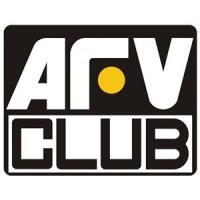
AFV Club
-
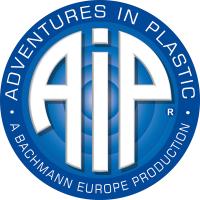
AIP by Bachmann
-
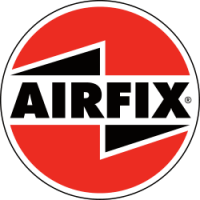
Airfix
-

Arnold
-

ATD Models
-
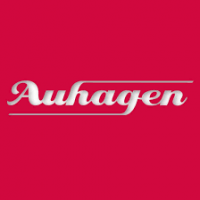
Auhagen
-

Bachmann
-

Bachmann Narrow Gauge
-
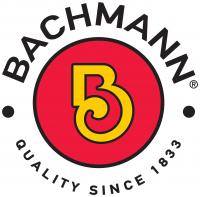
Bachmann USA
-
Barrie Stevenson
-

Bassett-Lowke
-

Berko
-
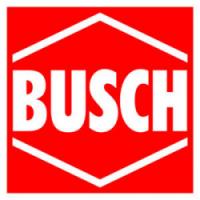
Busch
-

Cambrian
-

Clark Railworks
-

Corgi
-

Cornerstone
-
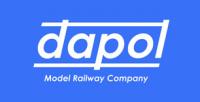
Dapol
-

DCC Concepts
-

Deluxe Materials
-

Dundas
-
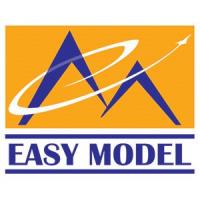
Easy Model
-

Eckon
-

EFE Rail
-

EFE Road
-

Emhar
-

ESU
-
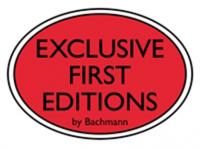
Exclusive First Editions
-

Faller
-

Fleischmann
-
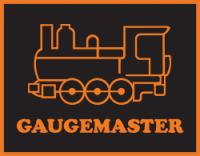
Gaugemaster
-

Gecko Models
-

Golden Valley Hobbies
-

Graham Farish
-

Greenlight Collectibles
-

Heljan
-
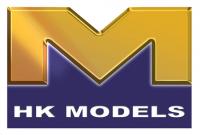
HK Models
-

Hornby
-

Hornby International
-

Hornby TT:120
-

Humbrol
-
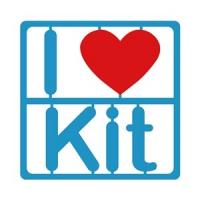
I Love Kit
-

Jouef
-
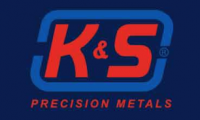
K&S Metals
-
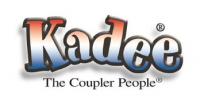
Kadee
-
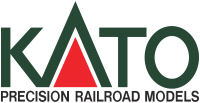
Kato
-
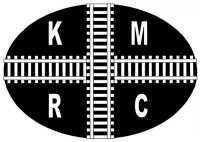
Kernow Models
-
Kestrel
-

Kibri
-

Lenz Digital
-
LightCraft
-

Liliput
-
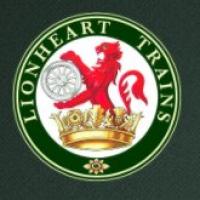
Lionheart Trains
-

Merit
-

Metcalfe
-

Middleton Press
-
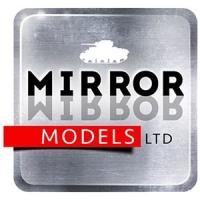
Mirror Models
-
Miscellaneous
-

model scene
-

ModelMaker
-

Murphy Models
-

Noch
-

Oxford Diecast
-
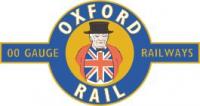
Oxford Rail
-
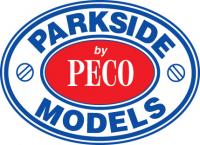
Parkside by Peco
-

PECO
-

Plastruct
-
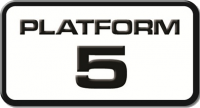
Platform 5
-
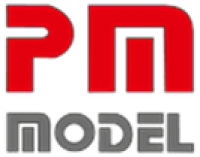
PM Model
-

Preiser
-

Proses
-
RailMatch
-
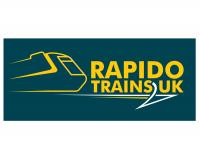
Rapido
-
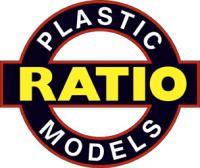
Ratio
-

Revell
-

Revolution Trains
-

Rivarossi
-

Roco
-
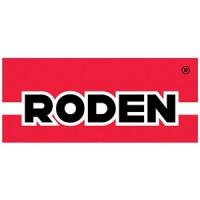
Roden
-

Scale Model Scenery
-

Scalextric
-
Shawplan
-

Slaters
-
Smiths
-

Springside
-
Star Tec
-
Strathwood
-

Superquick
-
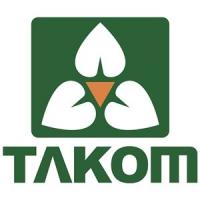
Takom
-
Taliesin
-
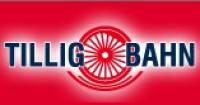
Tillig
-
Tiny Signs
-

Toyway
-
Tracksetta
-

Train-Tech
-

TrainSave
-
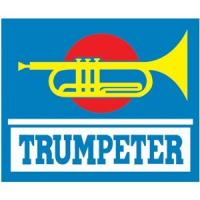
Trumpeter
-

Viessmann
-

Vollmer
-
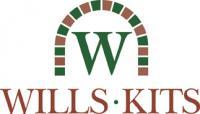
Wills
-

Woodland Scenics
-

Xuron
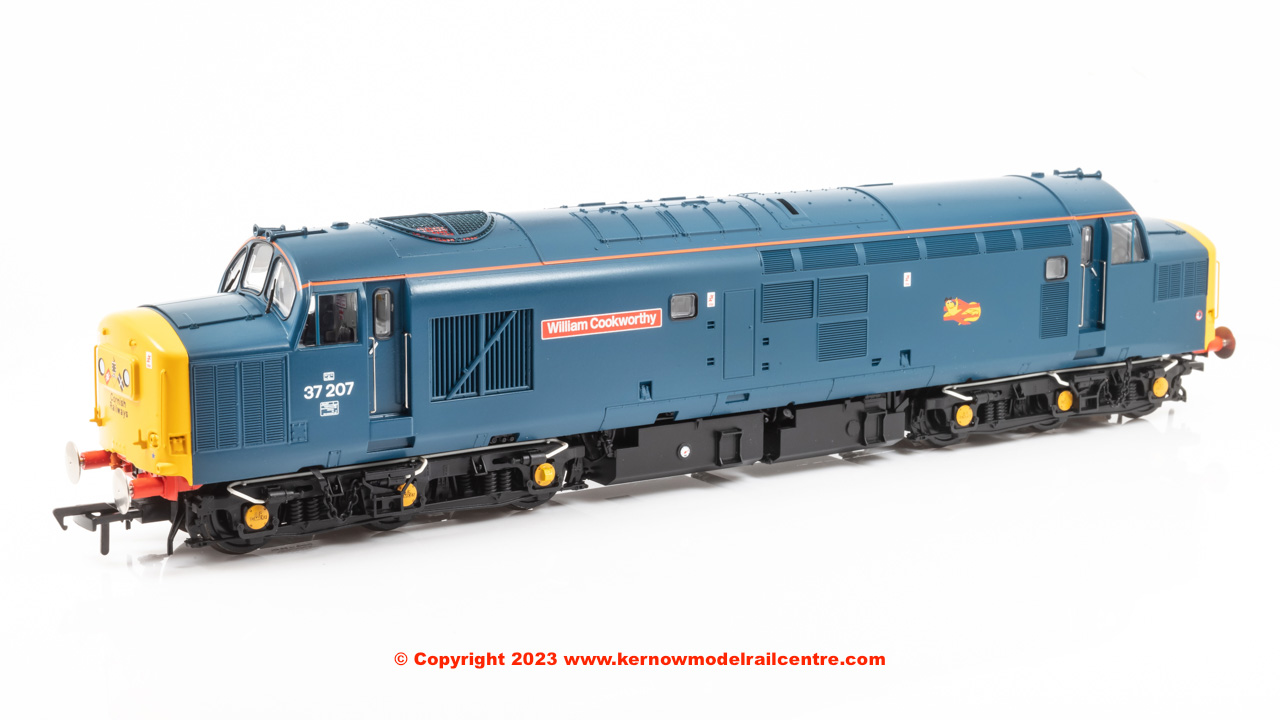
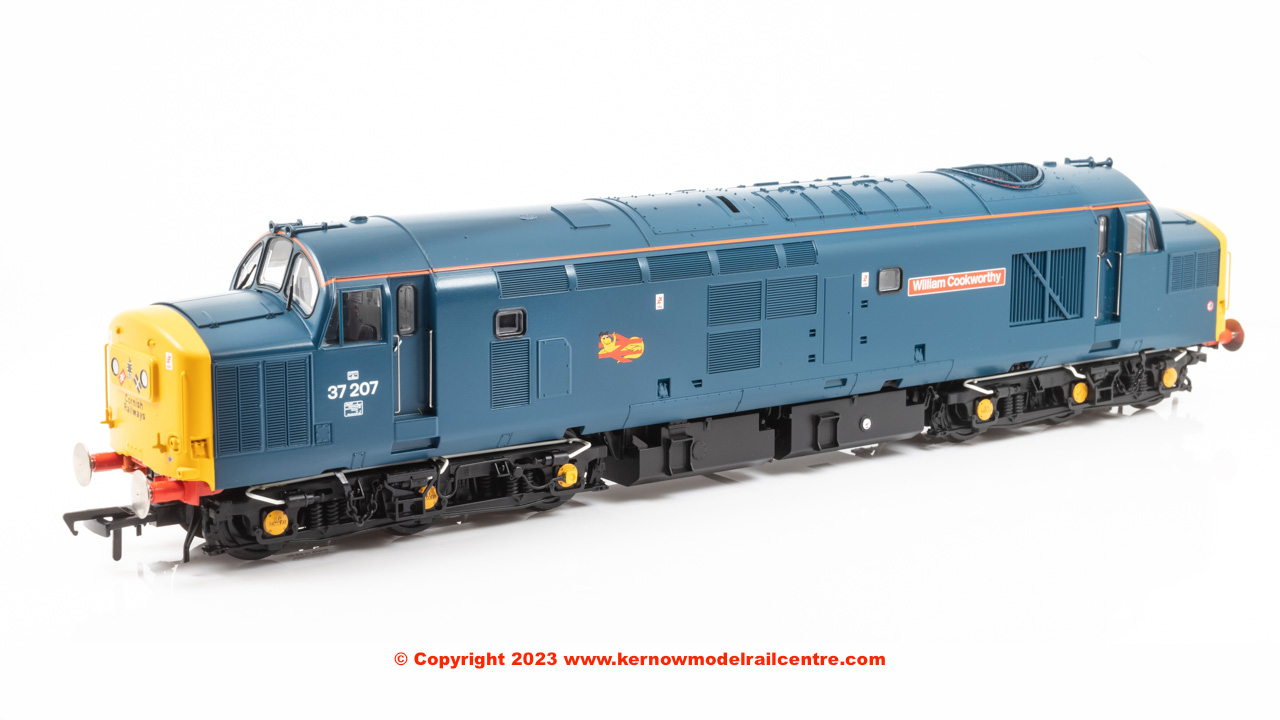
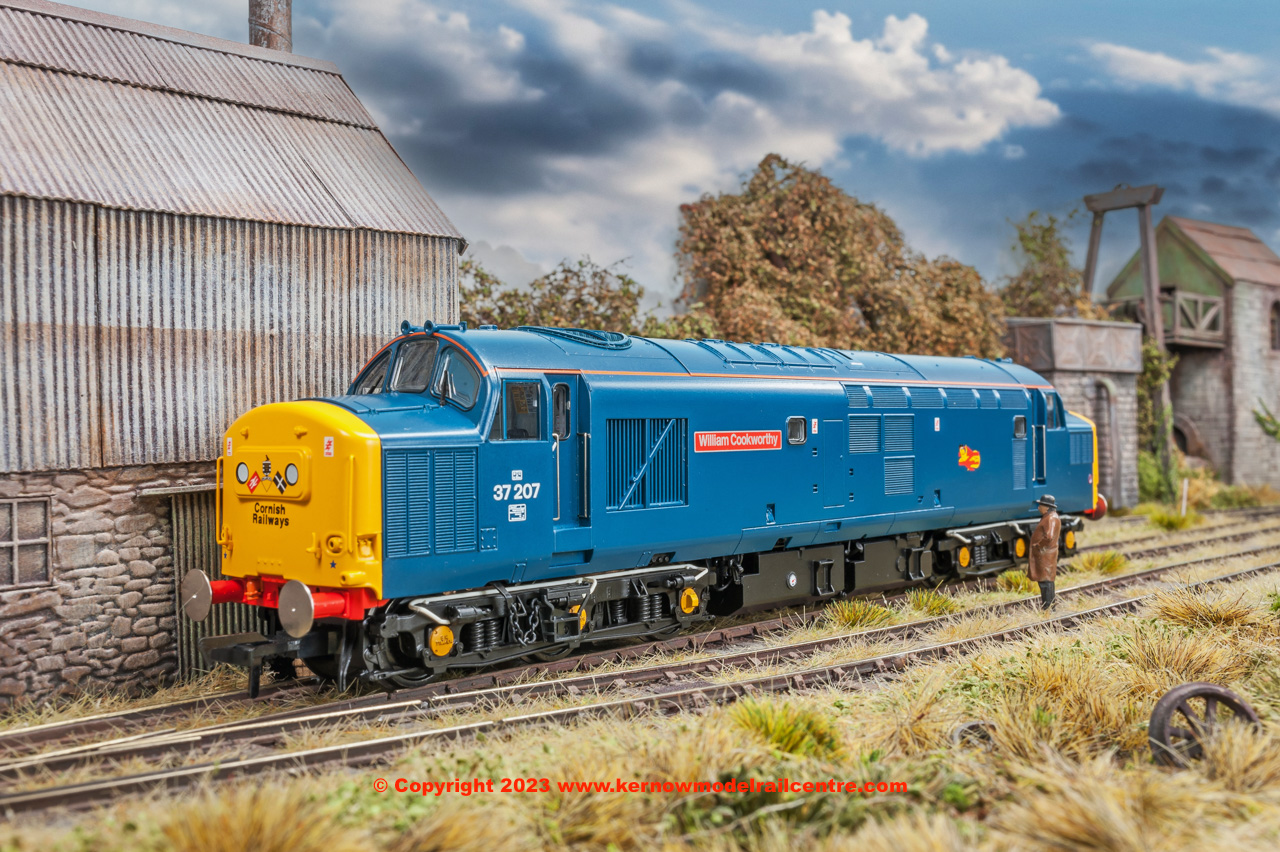
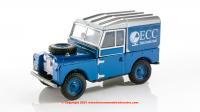
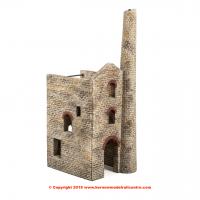


Connect with us socially

